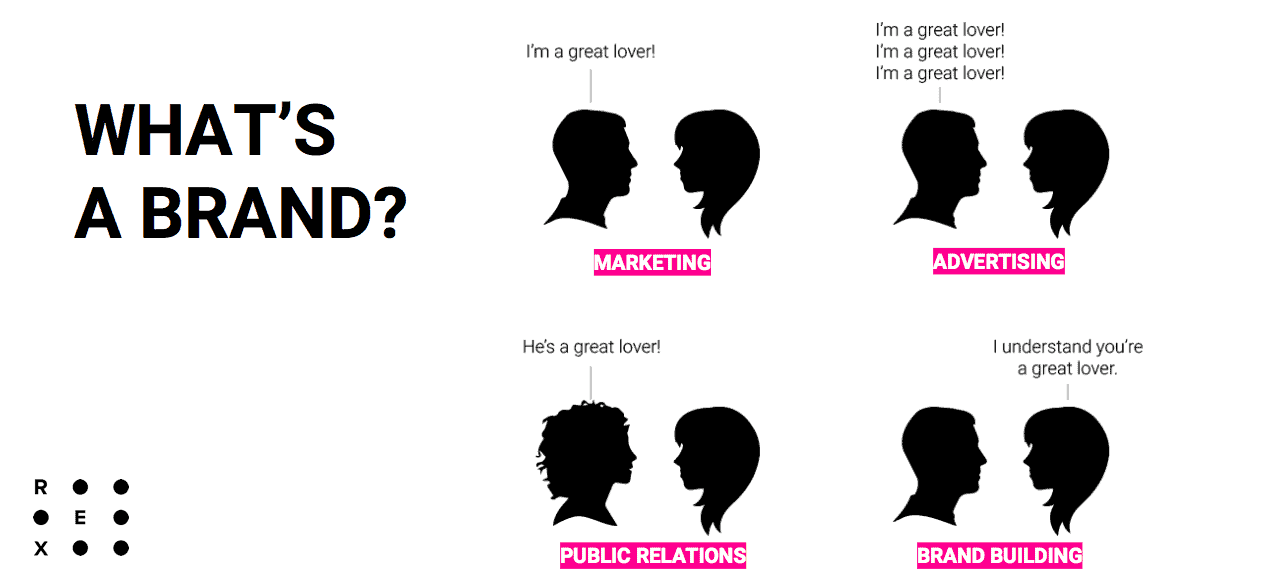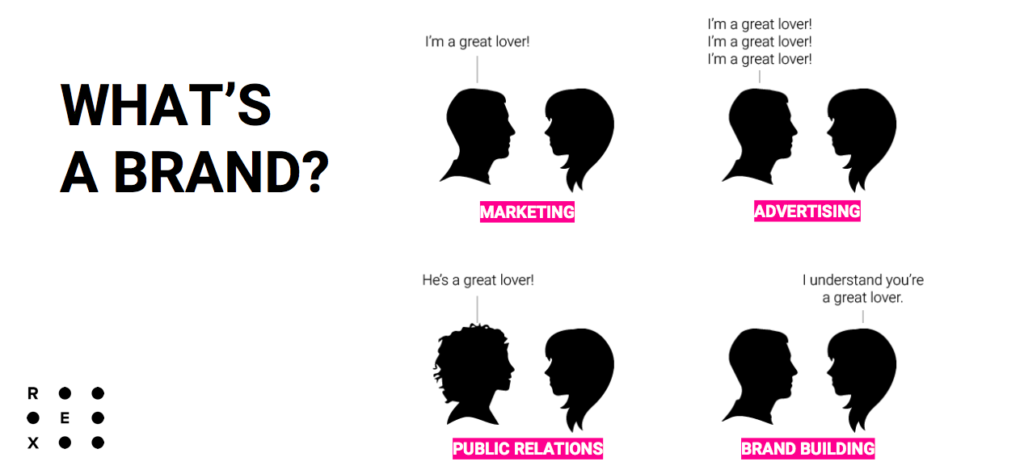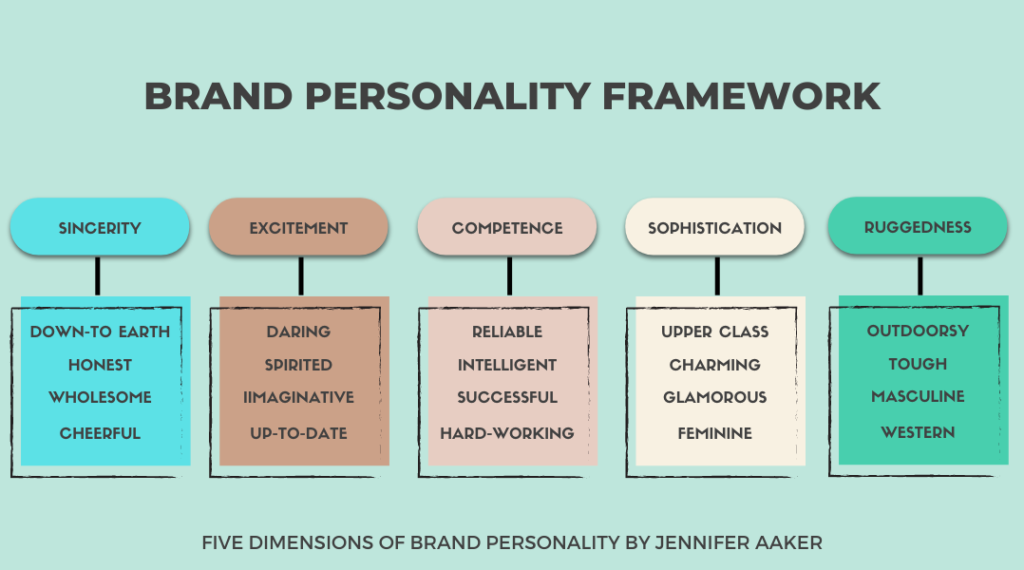Let's talk about you.
"*" indicates required fields

Building brands is challenging. There are no shortcuts to creating a loved and successful brand. It takes plenty of time, patience, and grit; entrepreneurs and business leaders who have a long-game vision are typically the ones that succeed in brand building. To give you context, Coca-Cola sold nine drinks a day in its first year of existence. Today they sell more than 1.9 billion drinks per day. It’s no mean feat, and it took them 130 years to arrive here.
We are a five-year-old boutique branding agency in Vancouver and have enough brand knowledge to share wisdom on how to create a brand presence and build awareness of your brand. We know it’s difficult (not impossible) to build brands that last beyond the latest trend cycle and positively impact our society. We know from experience and publicly shared wisdom that it is possible to create a brand that creates value for everyone involved in the process: business, employees, partners, customers and society. Before we dive deep to learn proven strategies for brand awareness, let’s quickly refresh the basics of brand building.
A brand is not a logo or an incredible advertising campaign. A brand is a belief about your company. It is the trust your customers have when they go out on a limb and buy your product or service. It is the confidence your employees and business partners exhibit while working with your company. Brand expert, Marty Neumeier, explains the difference between marketing, advertising, and Public Relations in this brilliant graphic that REX Marketing uses when educating clients on Brand.

Brand awareness is how familiar (aware) consumers are with your company’s product or service. A consumer’s ability to recall or recognize your brand in a noisy marketplace is brand awareness. The easier it is for a consumer to recognize and differentiate not just your product or service but also your company, the more aware they are of your brand. In simpler terms, brand awareness is:
Brand awareness matters because it puts your brand in the consumer’s initial consideration set when making a purchase decision. According to a McKinsey study, brands that make it into the initial consideration of a consumer are three times more likely to be purchased. If more people know your brand and believe something positive about it, then more of them are likely to buy your product or service. That is why brand consideration is critical and requires a deep understanding of your audience’s desires, weaving authenticity and differentiation into every facet of your brand’s essence.
Helping a customer make a purchase decision is not as simple as setting up a funnels or 5 step process., The Customer Journey and purchase decision are highly complex and emotional. The best marketers agree that brand awareness – in other words, what your customers believe about your brand and how well they recognize it – is the key to making your funnel or ‘5-step process’ convert. In fact, with brand awareness, you will double the efficacy of your marketing tactics over a period of 2 years. (If you want to learn more about the Brand Effect and 2x returns, read this study.)
Disclaimer! A brand awareness strategy looks very different depending on the size of your company, your total addressable market (TAM), your geographic reach, and where your business is in its journey. You might be surprised to hear a brand agency say that not all companies should consider a brand awareness strategy as their next big move.
It’s important to work with an agency with an integrated approach and expertise in business strategy, brand strategy, and marketing strategy that can help you zero in on what will move the needle for your business in the next 1-to 3 years. Building a brand is always a good move; it just might not be your next move. Book a complimentary consultation to find out what’s right for your business.
When it comes time to build a brand awareness strategy, the process will most definitely look different than you think it will. The first and most critical step – the one that companies big and small miss – is the development of their brand positioning strategy – what we at REX call your Brand Compass – which defines who you are, what you do, why it matters to you, your employees, and your clients, the impact you make or transformation cause and at what scale, and the north star of your growing and expanding business.
If you’re like most of the companies we work with, you’re saying to yourself right now, “Oh, we’ve talked about all of that! We’ve done that.” Maybe you do. Here’s the test. If you can’t answer yes to all of these questions, you don’t have a brand positioning strategy – or what we call your Brand Compass:
Once you have a Brand Positioning Strategy (Brand Compass) in place, you are clear on the belief you need to develop in the hearts and minds of your audience, and it’s time to define your Action Plan, which is the strategic tactics that will meaningfully communicate and propagate a brand’s message to its target market. It is critical to clearly articulate the brand’s promise and USP in a simple and easy-to-recall message and in creative ways that people want to read or listen to.
Businesses that invest in a robust brand awareness strategy experience revenue growth and increased stickiness for their brand. No two brand awareness action plans are the same, but here are six general strategies that businesses of various sizes successfully employ to create brand awareness.
What many think of as brand strategy is just branding; in other words, your logo and the visual elements you use consistently. When it comes to branding, keep it simple. As cliche as it sounds, that is one of the key ingredients for creating a long-lasting global brand. From a simple logo and clean fonts, and some supporting visuals, keeping things simple will do wonders and will help in brand recognition. And, by the way, the principle of simplicity doesn’t end with branding. It should be applied across the breadth and depth of a business.
Good looks last for a brief time, but personality lasts forever. A strong brand personality is critical in making a brand distinct and memorable. People want to know who they are doing business with and get a feel for what you’re about – so show them! Speak in terms that your audience understands and with a personality that is consistent with how your business operates. Stay true to your vision and values, and don’t be afraid to tell people about the vision and goal of your organization and what you’re fighting for in your industry or in this changing world. A strong brand personality will earn brand loyalty and convert customers into fans. A great tool to start understanding and articulating the personality of your brand is the brand personality framework created by Jennifer Aaker.

Typically, a brand’s personality will fall into one of the five categories or dimensions as described by Jennifer in her classic 1997 paper in the Journal of Marketing Research. Go here to read the full study.
Referral programs are one of the most successful strategies for building brand awareness. Not to mention, a well-thought-out referral program is usually the most cost-effective way to build brand awareness and get new customers. According to various studies and articles, referrals are one of the most effective ways to generate qualified leads. We know this first hand; we grew our agency to our first million on referrals and word-of-mouth alone. If you’re in the service sector, the same might work for you if you cultivate referrals from clients who have experienced your impact and can speak to our unique value.
Not in the service sector? The electric-car maker, Tesla, has one of the most successful referral programs, which led to 40x ROI for the company. Tesla is not an exception. Top brands like Uber, Google, and Dropbox have successfully implemented and reaped substantial benefits from a robust referral program.
Influencer marketing can significantly help in creating awareness for a brand. Influencer marketing has seen massive growth in the past few years. So much so that consumers now trust an influencer almost as much as their friends while making a purchase. In a Twitter study, 40% of users said they’d bought something because of a tweet by an influencer.
TIP: Invest in micro-influencers and use online platforms to find and hire influencers on a scale or for a niche campaign. Influencer marketing is not a free tactic, but you don’t need a humongous budget to create awareness amongst your target audience. You can start for as small as $125 for an engagement with an influencer. The key is to find the right influencer for your brand – whose values align with your brand’s and whose audience will be interested in your product or service.
Collaboration with like-minded people is always a good strategy and can help increase your brand visibility. Partnering with brands that your brand vibes with is a great way to boost brand awareness. There are tons of examples of successful brand collaborations to get inspired. From GoPro and Redbull to Spotify and Uber, all brands have partnered to create value for the brands and their customers. It is critical to know that these brand collaborations work for a business of every size and shape.
One of the most epic co-branding campaigns was the Redbull and GoPro Stratos space jump by Felix Baumgartner. It was a brilliantly executed brand awareness campaign that increased brand awareness for both Redbull & GoPro. You remember the jump, right? Here is the campaign video:
The brand exposure for Redubll and GoPro from this campaign was exponentially high and resulted in more than 500 million views on Youtube alone and raked in mentions from news outlets across the globe. It cost $30 million to produce and led to a $500 million jump in sales.
Content marketing is a great way to build a relationship with your audience by providing value. It can be cost-effective, but it takes time and will not get immediate results. The goal of Content Marketing is to create a one-to-one experience for each consumer and build relationships. Just like in real life, relationships take time, but when we invest, we see big rewards. If you’ve got the time and resources, content marketing can be a game-changer. Recent research shows that content marketing costs 60% less than traditional marketing and generates three times more leads. Not too shabby, right?
Aside from the above six strategies, tons of other tactics can help improve brand awareness. Here are some bonus tactics that might help you build brand awareness:
Yes, it is possible to measure a brand’s awareness. Here are some of the top KPIs to measure brand awareness.
Setting your KPIs at the start and knowing how to read the plethora of data available on your various platforms is key.
Yes. In fact, whether you like it or not, you are building brand awareness right now based on how you are showing up and impacting your customers and employees every single day. You can work on many things before you work with an agency to boost brand awareness. They primarily centre around creating a memorable customer experience and asking your customers to share it with their friends. But if you’re further down the road as a business and need to reach beyond the limits of word-of-mouth or you’re thinking, “I tried these tactics, and they don’t work!” then engage with a brand strategy agency to help you see outside yourself and build a brand that connects and converts.
If you are one of those folks who like to take matters into your own hands, then you can also sign up for our Small Business Marketing Gap™ course waiting list. Small Business Marketing Gap™ is a small-group course hand-crafted by our agency director Allison J. Bran for small business owners, marketers and entrepreneurs to build solid branding and marketing foundations for their businesses.